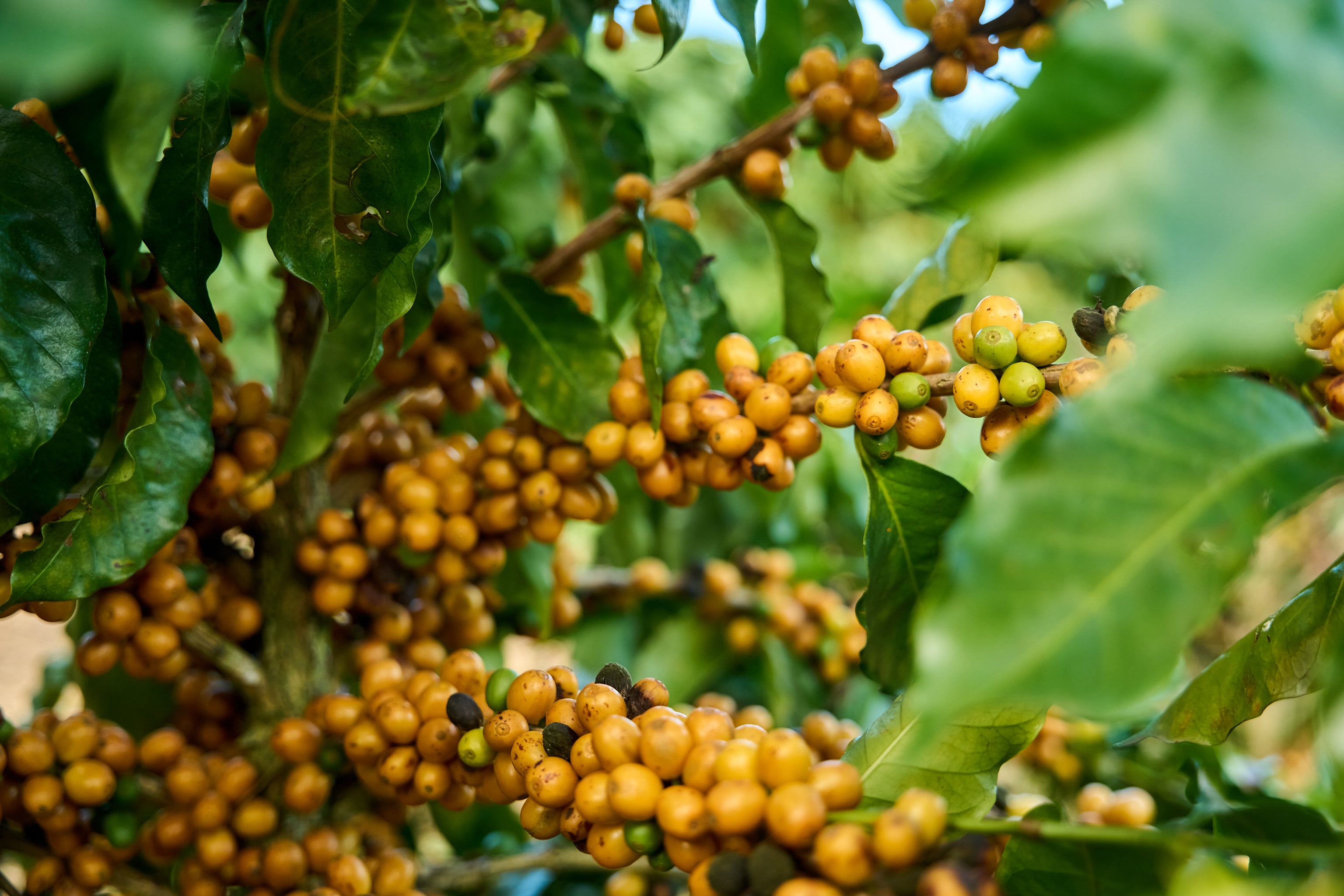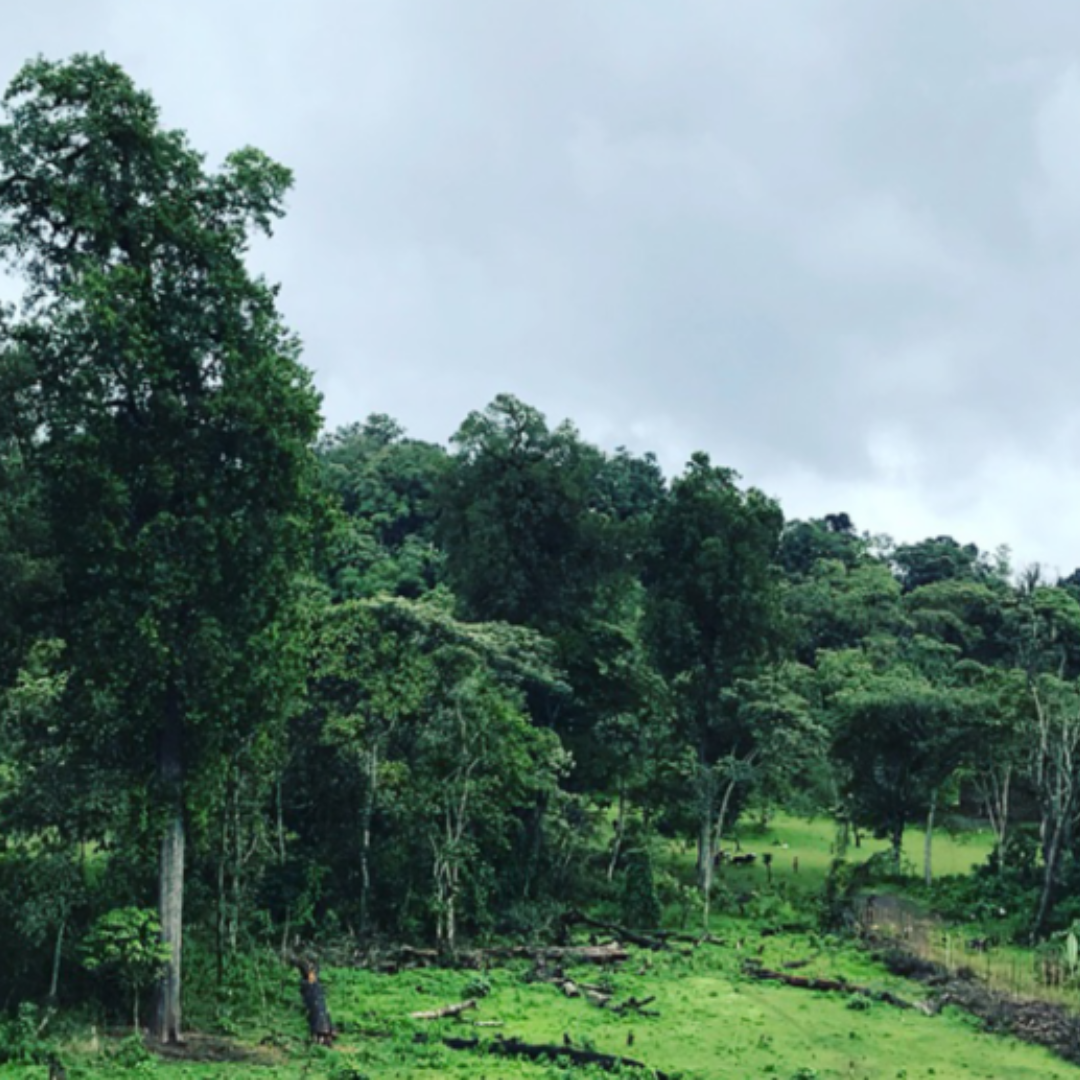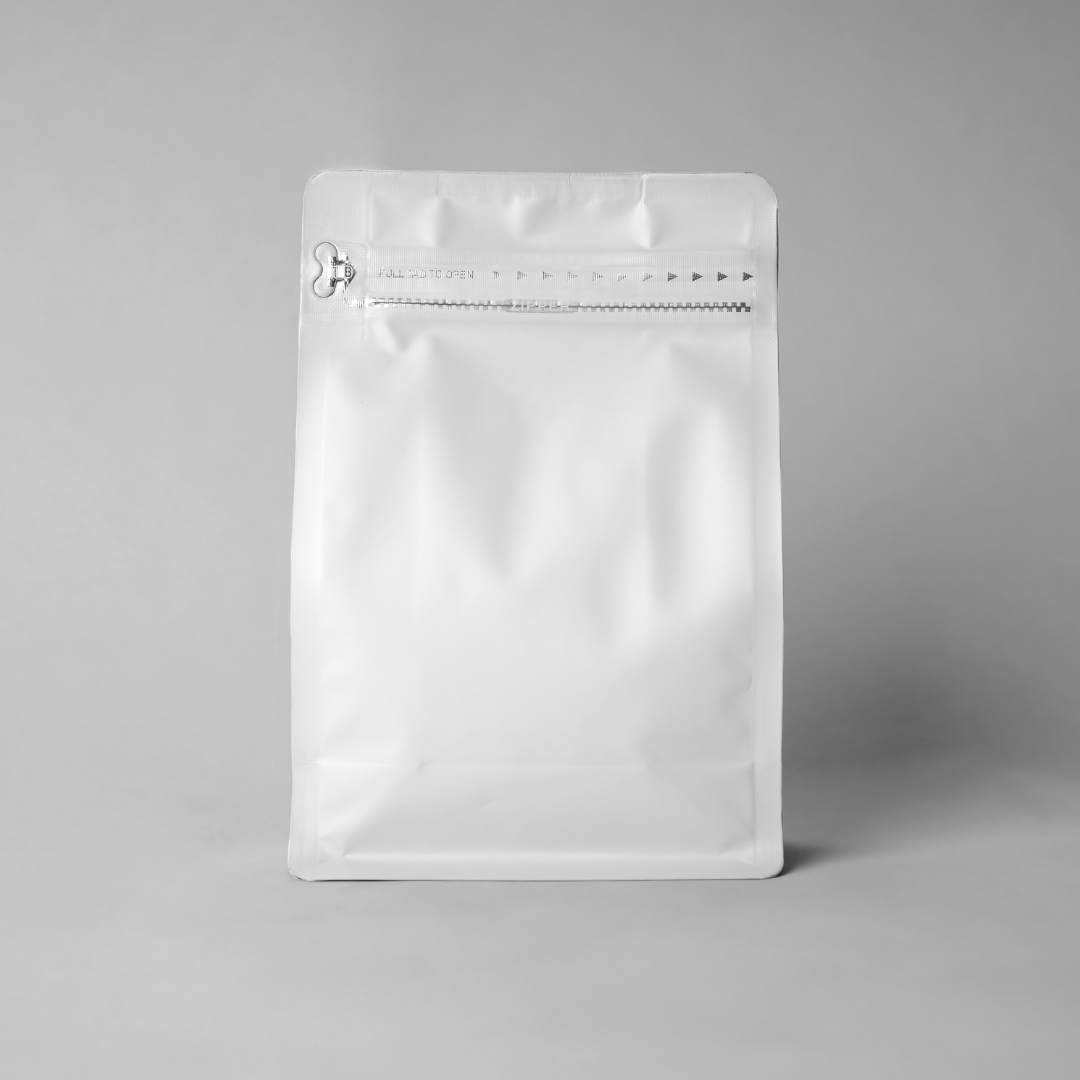When discussing coffee, most people focus on its flavor, aroma, or caffeine content. However, there's an intriguing aspect of coffee that often goes unnoticed: the gases it releases. Understanding these gases, particularly carbon dioxide (CO2), can help coffee enthusiasts appreciate the freshness and quality of their brew.
Carbon Dioxide in Coffee Beans
Freshly roasted coffee beans are full of carbon dioxide. This gas is a byproduct of the roasting process, where heat transforms the chemical structure of the beans. As the beans cool, they begin to release this trapped CO2, a process known as degassing.
Degassing Process
Degassing is crucial for coffee quality. Freshly roasted beans can release CO2 for several days to weeks. The rate of degassing depends on factors like the roast level, grind size, and storage conditions. Lighter roasts tend to retain CO2 longer than darker roasts. Grinding the beans accelerates degassing, as it increases the surface area exposed to air.
Indicators of Freshness
The presence of CO2 in coffee is a strong indicator of freshness. Freshly roasted beans releasing gas signify that they haven't been sitting on a shelf for too long. This is why freshly ground coffee often blooms—a foamy layer forms when hot water releases CO2 from the grounds, indicating fresh beans.
Impact on Flavor
CO2 affects the extraction process during brewing. Too much gas can impede water from fully extracting the flavors, leading to uneven or under-extracted coffee. This is why freshly roasted beans are often allowed to degas for a few days before brewing. The right amount of CO2 can enhance the blooming process, allowing for better flavor extraction.
Storage
Proper storage is key to managing CO2 and maintaining coffee freshness. Store beans in an airtight container away from light, heat, and moisture. Avoid refrigerating or freezing beans, as this can introduce moisture and accelerate degassing.
Degassing Time
Allow freshly roasted beans to degas for 3-5 days before brewing for optimal flavor. This window allows excess CO2 to escape without losing the beans' freshness. Some specialty roasters provide a recommended degassing period on their packaging.
Grind and Brew
Grind your coffee just before brewing to capture the best flavors. The grinding process accelerates CO2 release, so freshly ground coffee will have a more pronounced bloom and potentially better flavor extraction.
Brewing Methods
Certain brewing methods handle CO2 better than others. For instance, pour-over and French press methods allow for the bloom phase, where CO2 is released, helping to saturate the grounds evenly. Espresso, on the other hand, requires careful timing and pressure management to deal with CO2 effectively.
Conclusion
Understanding the role of gases in coffee, especially carbon dioxide, offers a deeper appreciation for the nuances of coffee freshness and flavor. From the initial degassing phase after roasting to the bloom during brewing, CO2 plays a pivotal role in determining the quality of your cup. By managing degassing and paying attention to storage and brewing techniques, you can ensure that your coffee retains its fresh, rich flavors. So, the next time you brew a cup, take a moment to appreciate the science behind those rising bubbles—they’re a sign of a truly fresh and well-prepared coffee.
Lion's Head Coffee At Lion's Head Coffee, we pride ourselves on offering the freshest, highest-quality coffee, roasted daily to perfection. Our beans are shipped directly to your door, ensuring maximum freshness. We offer flexible, easy-to-manage subscription packages to suit your needs. Choose from a variety of roasts, including light, medium, and dark, each with unique flavor profiles that cater to every palate. Experience the exceptional taste of freshly roasted coffee with Lion's Head Coffee, and enjoy the convenience of a personalized coffee subscription delivered right to you.




The Oromo People of Ethiopia and Their Connection to Coffee
The Importance of Terroir in Coffee